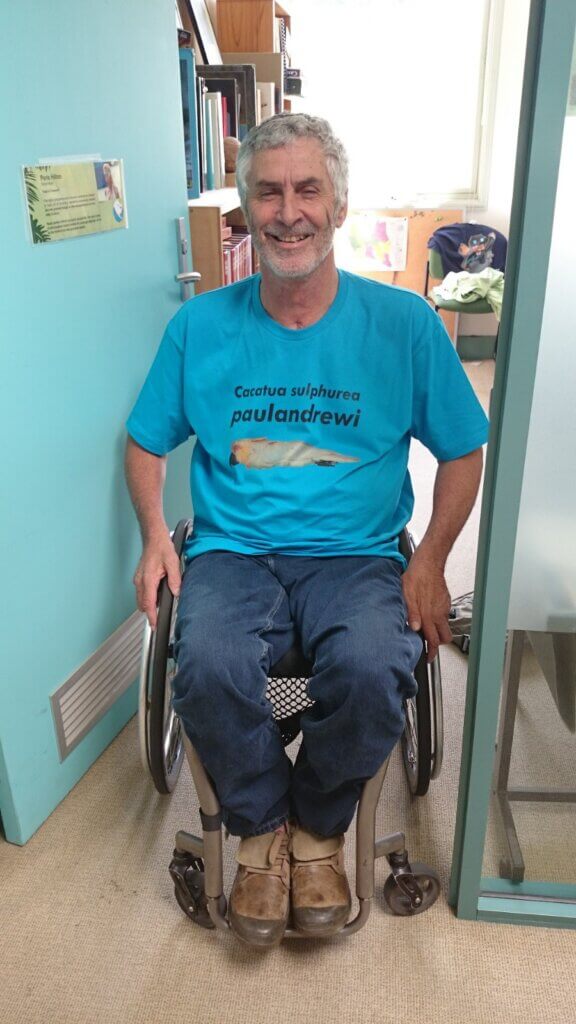
Mark writes: Paul Andrew was a birder and conservationist who went to the same school that I did; Bristol Grammar School. Paul was about to leave BGS when I arrived and so I can’t say I knew him well – he was one of those god-like older boys who could identify all birds. But I heard a lot about him from other school friends over the years, and although he was based in Australia for many years, news about him filtered back to me now and again. And there aren’t many people I know who have had a subspecies of bird, in his case Yellow-crested Cockatoo, named after them, see above.
But this blog post is written by a friend of Paul’s and a friend of mine, John Rossetti.
John writes:
The Enigmatic and amazing Paul Andrew, aka ‘PA’: memories and notes from a tribute, Paul’s Celebration, Bristol, UK, 2 February 2020.
I met Paul in the first year at Bristol Grammar School (BGS) in 1964. A group of four of us (Paul and myself, the late Bob Richardson and Graham Threlfall) delighted in wild games on the school field, now built over. In those days there was so much freedom; our parents (well some of them) allowed us from the age of 12 to head off on our push bikes for a week or so, on dangerous ‘A’ roads and with no contact home; partly through wisdom, but mostly I think through ignorance of what we would do. I recall Paul ‘larking about’ weaving across the road aiming for Graham and then crashing into a sharp blackthorn bush. Blood poured from his forehead. We only had a large square of Elastoplast, so we just stuck it on his forehead to reduce the blood flow and then carried on. We thought we were invincible.
On one of those trips we cycled past Chew Valley Lake in Somerset. Bob pulled out a small pair of 8 x 30 bins and rather embarrassedly told us he was interested in birds. What, bird-watching?? After we had taken the mickey out of him ruthlessly, Paul decided it could be a laugh and so we arranged a trip to the muddy Severn Estuary at Chittening near Severn Beach and waded out with our wellies which got stuck in the thick mud. Seeing small waders – amazing. We mis-identified dunlin as sanderling, but we were hooked.
This was Paul’s first birding trip, and where he wanted his ashes to be spread, so they could get taken out by the tide and spread across the globe. This should happen in March. I have warned his family that this location is the butt of local jokes and a famous T-shirt.
(Locals know it is muddy with views of the chemical works!)
I believe the rest of his ashes will be launched in a rocket from Australia.
There then followed many local trips such as to Ashton Court, where we found a vantage point over scrub which we named ‘Gibraltar Point’ as we’d heard about this famous birding place on the East coast. We tried to get our lists up to 100! Then joined the BGS field club, led by Derek Lucas and ‘Bunny’ Warren who introduced us to so many great places including trips to Lapland and the Camargue. Such a joy.
Birding records had the observer’s initials quoted, Paul took this up and hence ‘PA’ became his name to all his friends ever since. My middle initials are JOB, so he called me ‘Book of Job’ until eventually shortening it to ‘Book’. I don’t think he has ever called me anything else, except when he was really pissed off with me when he would use the insult of ‘Paperback’!
Paul was famously reckless, although he was so physically confident and quick in his reactions that it probably didn’t seem so to him. I recall sea watching on top of the precarious pulpit rock at Portland Bill. My brass telescope slipped out of my grasp (we balanced them between our knees) and over the edge. Looking down, it was caught on a rock ledge many feet below on the sheer face by the sea and a probably fatal drop to the sea and rocks below. PA somehow climbed down and recovered it.
On another occasion, PA had driven us to the reservoir Eglwys Nunydd near Swansea looking for Great Northern Diver. It was forbidden to drive around the embankment, but PA drove very slowly under the barrier and the mini just made it with less than an inch to spare. So when PA saw the next barrier coming, he put his foot down to about 40 mph. We were terrified, shouting at him, then, as it looked like it would take our heads off, all ducking down expecting the worst, the car somehow sailed underneath. PA was very dismissive of our lack of confidence in his judgement.
So many other trips, birding twitches, nights in the iconic barn at Cley, a place where birders could have a dry night in the straw, listen to music (I recall us hearing ‘Riders on the Storm’ one wet and windy night) and smoking what we liked (it was the 60s after all). We spent an infamous and cold night near Land’s End in the cave at Porthgwarra, with the late, great Tim Cleeves. And several trips to camp on the windy site at St Agnes on the Scillies.
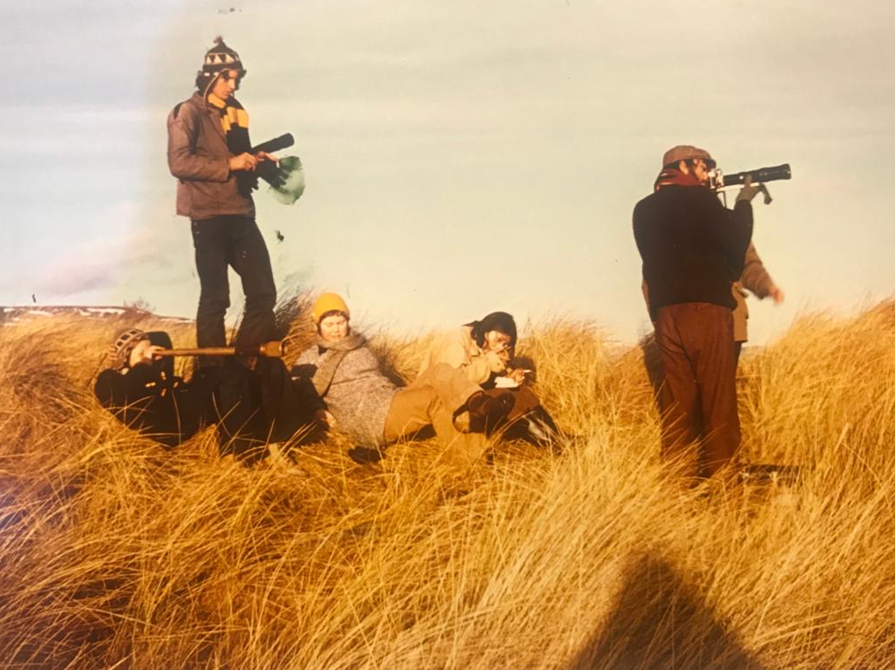
I went on a trip with Kate, plus Nigel and Laurel Tucker, to our derelict cottage on the north coast of Scotland in January 1976, following a night sleeping in the snow near Aviemore. PA and Mike Doble were nearby (70 miles away) in Golspie where a (hugely rare) Pine Bunting had turned up. Days well before the internet or mobile phones of course, so they went to a post office and the next day a telegram was delivered by a local postman to our derelict croft, and we got the bird later that day!
PA, with Tim Cleeves and Roy Smith, went on a famous overland trip to India, in the days when you could take a worn-out Land Rover across Europe, Turkey, Iran and Afghanistan via the Khyber Pass to Pakistan and India. How things have changed. And after that, while the others headed back home, PA continued East to further adventures which, eventually, led to his new life in Indonesia and then Australia.
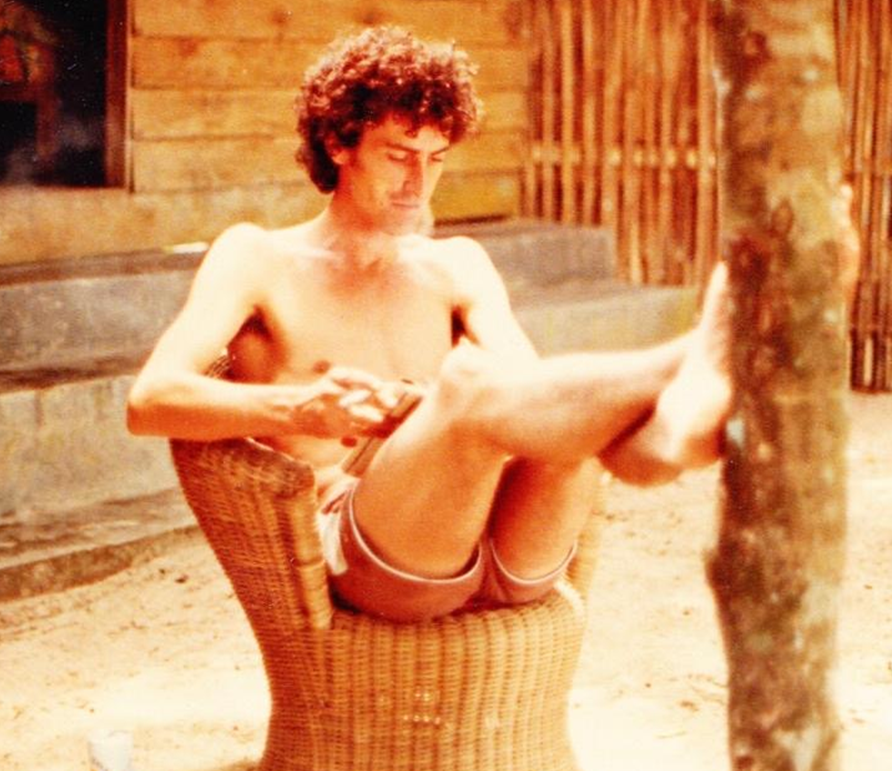
University and other stuff separated us, and it was hard to keep up with his numerous expeditions around the world, often with his girlfriend Sue Riley; PA was always leading the way. Until of course his luck ran out after a car crash in Java in 1986, left for dead by the side of the road and miraculously found by some students, transferred to Jakarta where his brother Nick, who was within a thousand miles, managed to get him flown back to the UK where his life was saved. Not for the first time and not for the last, but now in a wheelchair.
He started a new life in Australia, with his partner Di, and they had a wonderful son Ben – so much like his father.
And yet PA managed to continue undaunted, with only the use of his arms. One day many years later I had a knock on the door at my house in Bristol. There was PA, in his wheelchair, smiling up at me. He had single-handedly driven in his mini with ‘Heath Robinson’ hand controls, dragged his wheelchair from the back seat and then pulled his heavy body onto it. This was normal for him, but still exceptional.
His enthusiasm, intelligence, knowledge and constant and reckless birding got him a temporary post at Sydney’s Taronga Zoo, where he soon progressed to a permanent post and eventually a curator. Now with Madelon, one of his proudest moments was to have a new sub-species of Cockatoo named after him, Cacatua sulphurea paulandrewi.
His life then continued and developed with great success on the ‘other side of the globe’ and in particular with his work at the zoo and with Tasmanian Devils (see here), where his many years of research will now be rewarded by the establishment of a sanctuary in the hope of saving this iconic species from extinction. His legacy also includes his important work in the team that has recently opened the Barrington Wildlife Sanctuary, and he has also helped to build and shape Aussie Ark.
PA remained a close and enigmatic friend, and only last year we had a great day out at the Gwent wetlands in South Wales.
It was lovely to visit him and Madelon in Sydney a few years ago, stay with him at the shed (the place he built as a sanctuary North of Sydney) and have a close-up view of some of the great animals at the zoo.
He always said that he was on borrowed time and that the infections would get him in the end, quoting Christopher Reeve (‘Superman’), who had so much less time. And, in the end, they did get him. So sad, for his family, his wife Madelon and all his friends and colleagues all over the world.
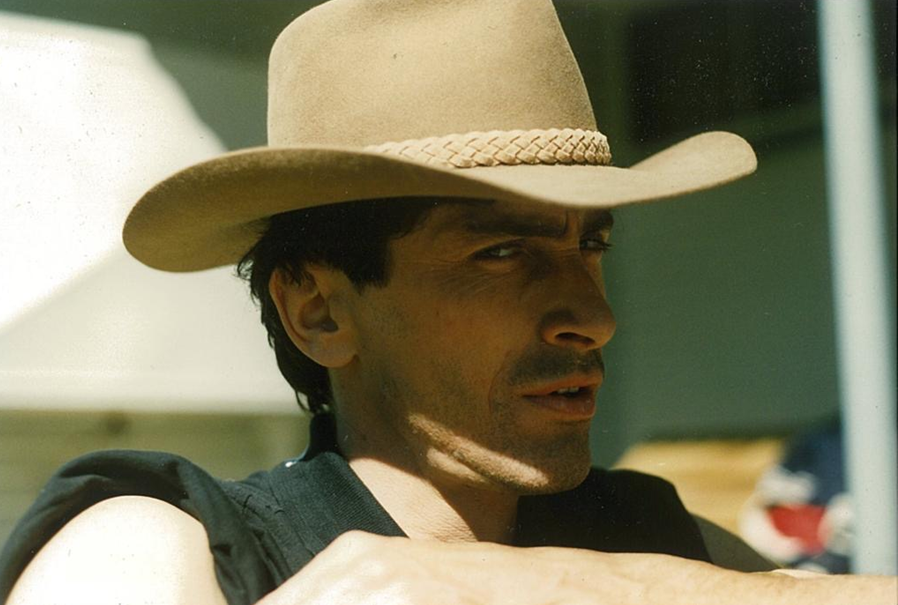
In the early days PA styled himself like Clint Eastwood, with a rollup hanging down from the side of his mouth. But a great love was the music of Bob Dylan. So it seemed appropriate to borrow and adapt one of his favourite songs for his celebration in Bristol:
Finally his luck ran out, I guess he always knew it would some day
They all came down to celebrate a life of many parts
The only person on the scene, missin’, was the Jack of Hearts
Goodbye PA. Never Forgotten.
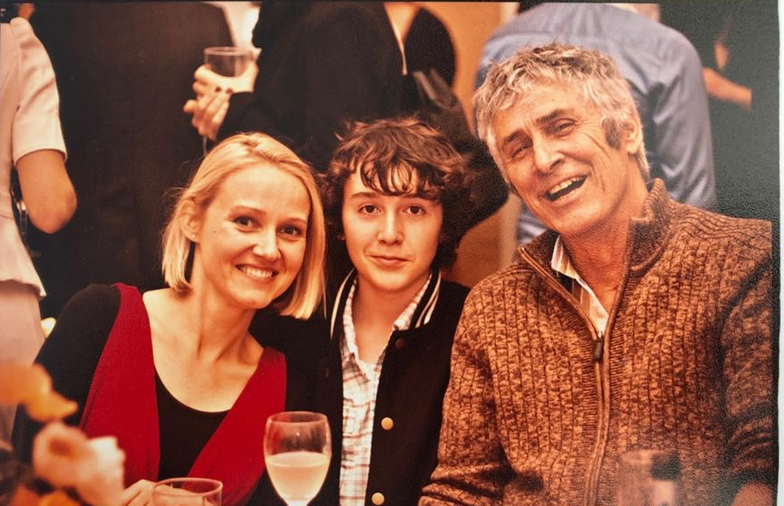
Paul Andrew was born on 2 July 1953 and died, with his son Ben and wife Madelon Willemsen at his side, in the morning of 26 January 2020 in a hospital in London.
He had been fighting a war of attrition with a Staphylococcus aureus which had nestled in his spine, since he was first admitted to hospital on 20 September, soon after he arrived back in the UK (after living in Australia for nearly 30 years) on 8th September, to join Madelon who had just started her job as the CEO of the British & Irish Zoo and Aquarium Association in May. Paul fought a major battle in and out of hospital and was treated as an outpatient where Madelon was administering intravenous doses of antibiotics every day.
[registration_form]
Gone too soon, but wow, a life lived to the full. My sincere condolences to PA’s family and friends.
Thank you, John, for these moving reminiscences of a truly remarkable person; they bring back so many memories of the Field Club and its members – Scandinavia and the Camargue, of course, but so much, much more.